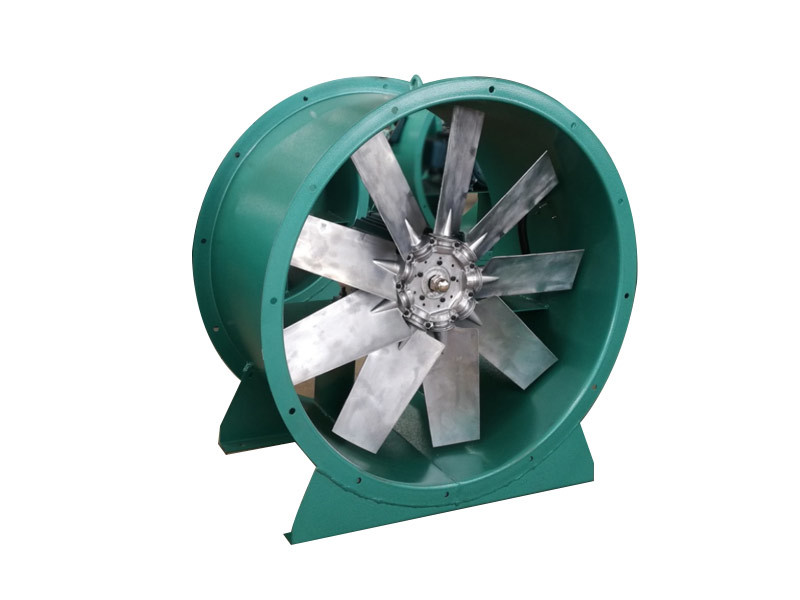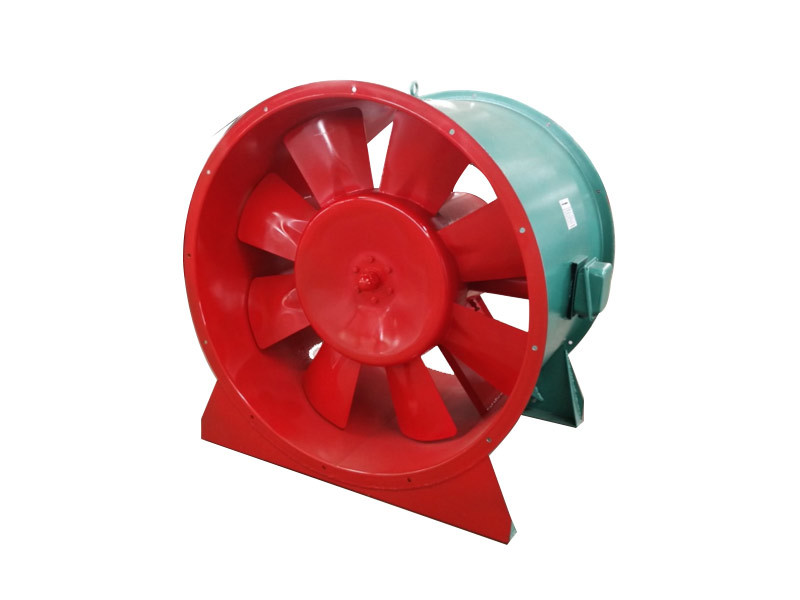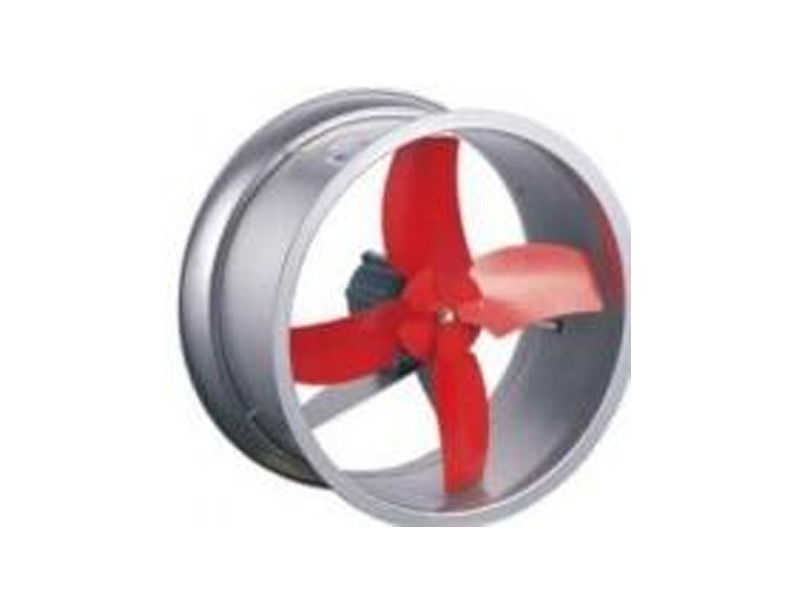



Forward-Curved Centrifugal Impeller
The forward-curved centrifugal impeller is manufactured using galvanized steel sheets, which are formed through automated press rolling. It features a cold-assembly process without welding, ensuring a robust and durable structure. Each impeller undergoes dynamic balancing calibration, perfectly combining precision with exceptional strength. 20 The impeller end plates, each measuring one inch or more in size, are securely fastened to the shaft disc using reinforced tie rods, ensuring stable operation at high speeds. The impeller can Adapts to cabinet-type fans, air conditioning fans, and low-noise fan boxes—airflow rate For 1000 ~ 100,000 m³/h , the total pressure can reach 1500 Pa。
| Model | φD | φd | φH |
| 9" | 253 | 25 | 241 |
| 10" | 282 | 25 | 270 |
| 12" | 365 | 30 | 325 |
| 15" | 394 | 30 | 385 |
| 18" | 471 | 40 | 460 |
| 20" | 525 | 40 | 515 |
| 22" | 595 | 45 | 580 |
| 25" | 667 | 45 | 650 |
| 28" | 730 | 55 | 705 |
| 30" | 975 | 55 | 775 |
| 33" | 850 | 70 | 838 |
| 36" | 930 | 70 | 916 |
I. Notes on Ordering Fans:
1. When placing an order, please specify the type of fan required, such as centrifugal smoke exhaust fan, centrifugal exhaust fan, centrifugal pressurization fan, axial flow smoke exhaust fan, or axial flow standard fan, among other functions.
2. When placing an order, you must provide the fan design parameters, including critical details such as airflow, static pressure, and power rating.
3. When placing an order, please specify the inlet and outlet directions of the centrifugal fan, indicated as shown in the figure: A, B, C
4. If the installation space for the fan is limited, please specify any special dimensional requirements when placing your order.
5. If the server room walls and building corridors are already sealed, requiring our company to assemble them on-site, please indicate this when placing your order.
6. When ordering the fan, please specify the power supply requirements: 380V 50Hz or 220V 50Hz.
II. Instructions for Unit Operation:
1. For ground-mounted turbine foundations, it is recommended that each side of the foundation be at least 100 mm larger than the outer dimensions of the turbine unit.
2. The motor should be connected to a power supply equipped with both phase-loss protection and overload protection. Motors rated below 5.5 kW can be started directly; for motors above 7.5 kW, reduced-voltage starting is recommended. The motor casing must be properly grounded.
3. The fan is powered by a three-phase 380V, 50Hz supply. First, verify that the power source meets the requirements and check for any missing phase or unbalanced conditions before connecting it to the motor. Once connected, start the motor briefly to confirm the fan’s rotation direction is correct. If the rotation is reversed, stop the motor immediately, swap two of the power supply phases, and then securely reconnect the motor to the power supply.
4. The fan's inlet and outlet are connected to the ductwork using flexible connectors.
5. One month after the new machine starts running, check the belt tension and ensure that no bolts have loosened. If any issues are detected, adjust or tighten them promptly to prevent potential problems.
6. Since the fan operates year-round, the grease in its pedestal-mounted bearings should be replaced every six months. At normal temperatures, 2# lithium-based grease or a grease with equivalent performance can be used; however, high-temperature applications require high-temperature grease. If the fan is shut down during transitional seasons, the grease must still be replaced annually to ensure proper lubrication.















